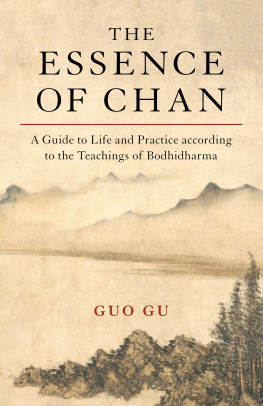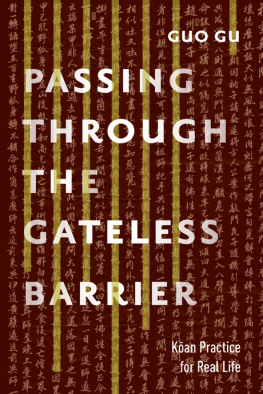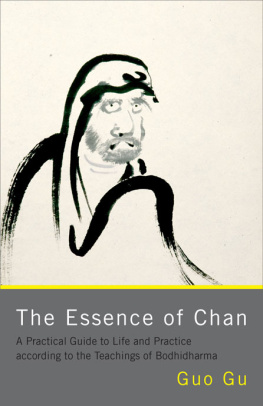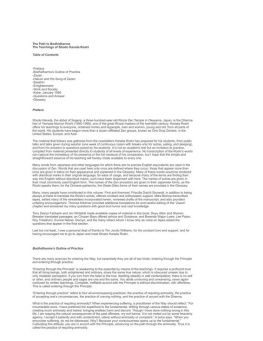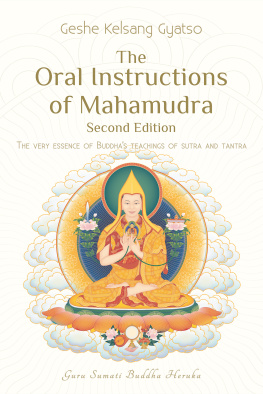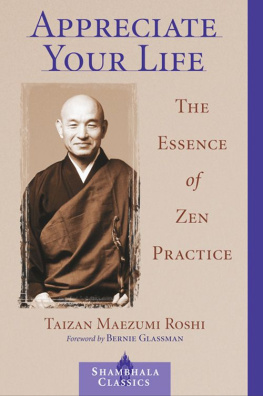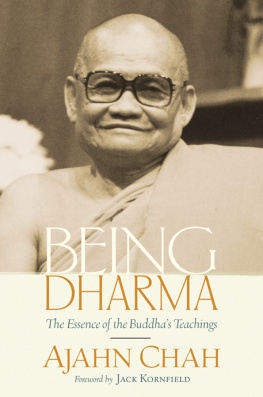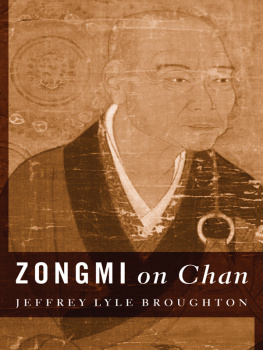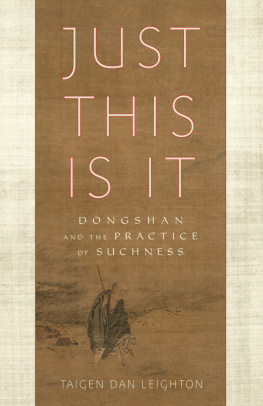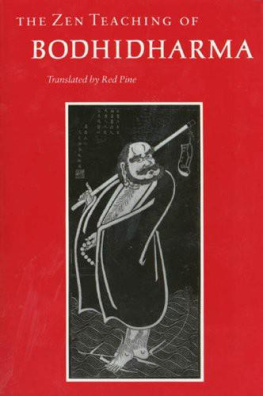Guo Gu - The Essence of Chan: A Guide to Life and Practice according to the Teachings of Bodhidharma
Here you can read online Guo Gu - The Essence of Chan: A Guide to Life and Practice according to the Teachings of Bodhidharma full text of the book (entire story) in english for free. Download pdf and epub, get meaning, cover and reviews about this ebook. year: 2020, publisher: Shambhala, genre: Religion. Description of the work, (preface) as well as reviews are available. Best literature library LitArk.com created for fans of good reading and offers a wide selection of genres:
Romance novel
Science fiction
Adventure
Detective
Science
History
Home and family
Prose
Art
Politics
Computer
Non-fiction
Religion
Business
Children
Humor
Choose a favorite category and find really read worthwhile books. Enjoy immersion in the world of imagination, feel the emotions of the characters or learn something new for yourself, make an fascinating discovery.
The Essence of Chan: A Guide to Life and Practice according to the Teachings of Bodhidharma: summary, description and annotation
We offer to read an annotation, description, summary or preface (depends on what the author of the book "The Essence of Chan: A Guide to Life and Practice according to the Teachings of Bodhidharma" wrote himself). If you haven't found the necessary information about the book — write in the comments, we will try to find it.
Guo Gu: author's other books
Who wrote The Essence of Chan: A Guide to Life and Practice according to the Teachings of Bodhidharma? Find out the surname, the name of the author of the book and a list of all author's works by series.
The Essence of Chan: A Guide to Life and Practice according to the Teachings of Bodhidharma — read online for free the complete book (whole text) full work
Below is the text of the book, divided by pages. System saving the place of the last page read, allows you to conveniently read the book "The Essence of Chan: A Guide to Life and Practice according to the Teachings of Bodhidharma" online for free, without having to search again every time where you left off. Put a bookmark, and you can go to the page where you finished reading at any time.
Font size:
Interval:
Bookmark:
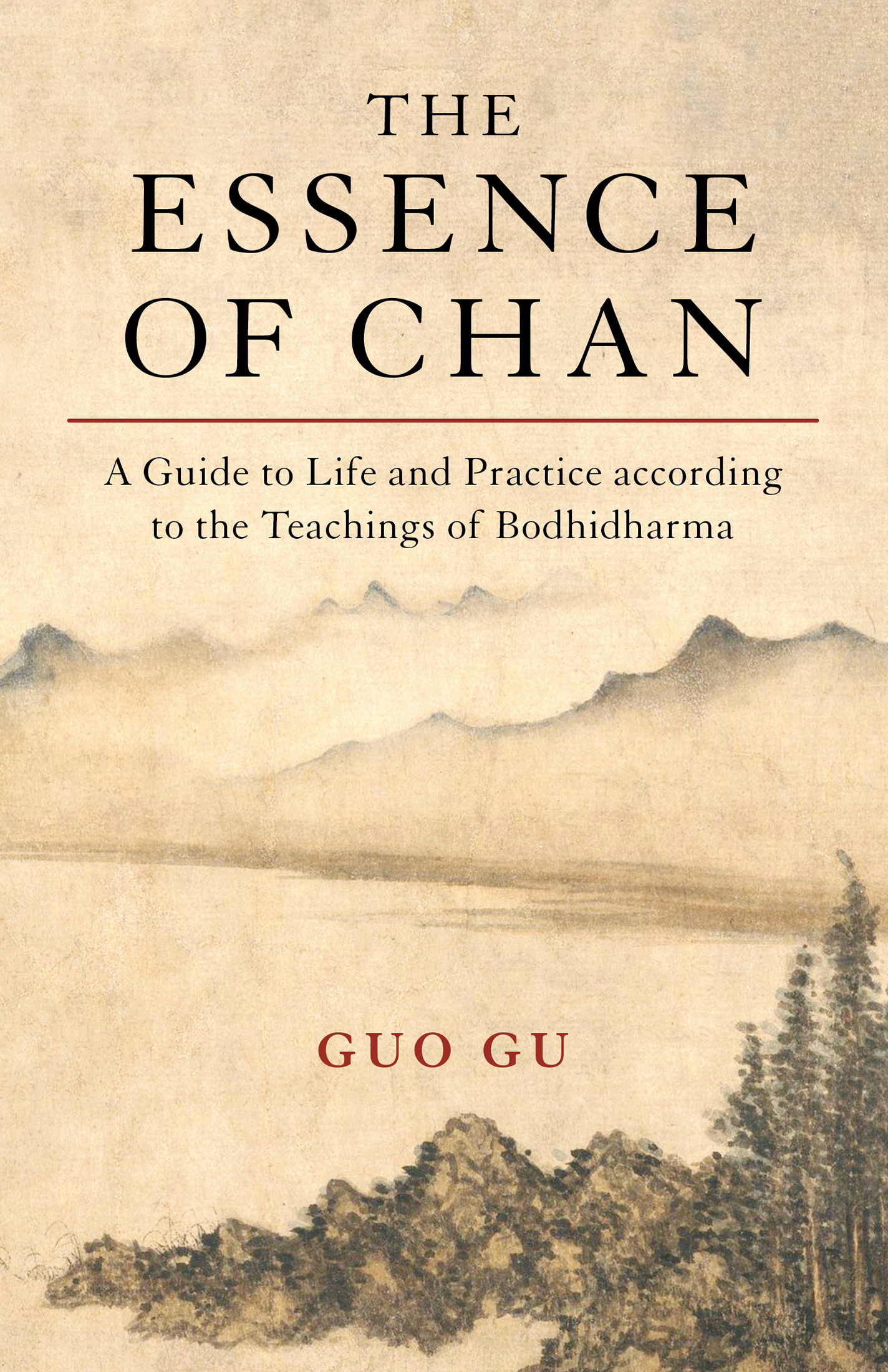
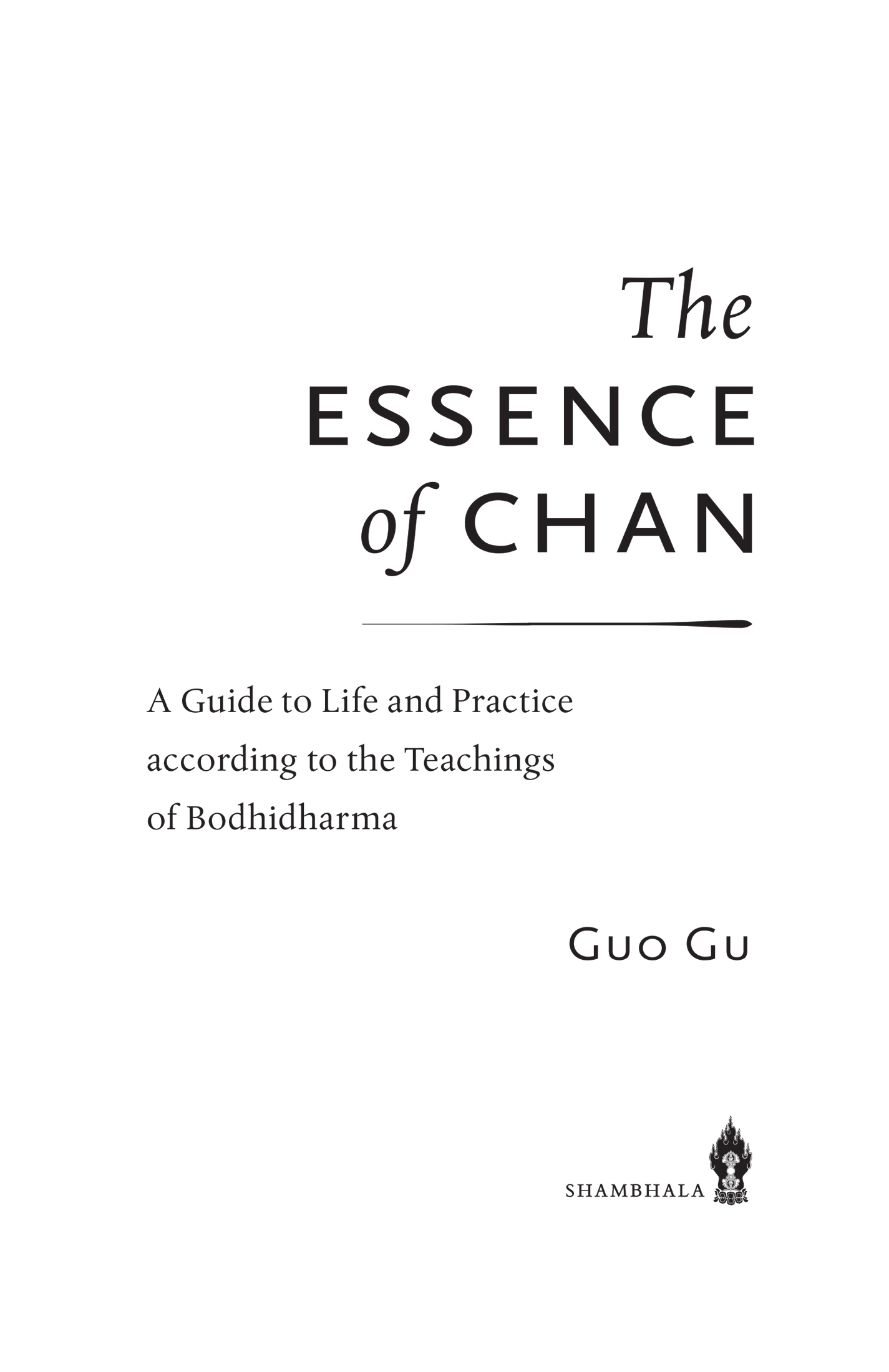
Shambhala Publications, Inc.
4720 Walnut Street
Boulder, Colorado 80301
www.shambhala.com
2012 by Guo Gu
Originally published as an eBook single
This edition published 2020
Cover art: Cloudy Mountains by Fang Congyi, ca.136070,
China, from The Metropolitan Museum of Art.
Cover design: Rebecca Lown
Interior design: Kate Huber-Parker
All rights reserved. No part of this book may be reproduced in any form or by any means, electronic or mechanical, including photocopying, recording, or by any information storage and retrieval system, without permission in writing from the publisher.
For more information please visit www.shambhala.com.
Shambhala Publications is distributed worldwide by Penguin Random House, Inc., and its subsidiaries.
The Library of Congress Cataloging-in-Publication Data
Names: Guo gu, 1968 author. | Bodhidharma, active 6th century.
Er ru si xing lun. English.
Title: The essence of Chan: a guide to life and practice according to the teachings of Bodhidharma / Guo Gu.
Other titles: Chan ben zi zai. English
Description: First paperback edition. | Boulder, Colorado: Shambhala, 2020. | Includes index.
Identifiers: LCCN 2019051340 | ISBN 9781611808711 (trade paperback: acid-free paper) | ISBN 9780834828438 (eBook)
eISBN 9780834843080
Subjects: LCSH : Zen Buddhism. | Bodhidharma, active 6th century.
Er ru si xing lun.
Classification: LCC BQ 9299. B 627 G86 2020 | DDC 294.3/420427dc23
LC record available at https://lccn.loc.gov/2019051340
a_prh_5.6.0_c0_r0
To Chan Master Sheng Yen
(19312009)
Everything has a cause, and every cause arises because different conditions have come together. Nothing is haphazard or random; one thing leads to another in a chain of events, such as the sequence of events that caused you to select this book. In other words, the reason you are reading these words is due to the ripening of many conditions.
Sometimes the conditions that arise are favorable, sometimes not. These conditions are not inherently good or bad, and their meanings can change. When conditions change, your experience also changes. The working of causes and conditions, and cause and effect, is the core principle of the Chan (Zen) Buddhist teaching. It is also the heart of the dynamic teachings of Bodhidharma, the first lineage master in the Chan tradition, who came from India to China in the fifth century C . E .
Buddhism offers many different teachings. A wide variety of schools have evolved from these teachings; Chan Buddhism is only one of them. Some of you may be more familiar with the word Zen, which is the Japanese pronunciation of the Chinese word Chan. Chan is usually understood to be a tradition of practice within Chinese Buddhism that emerged in the seventh and eighth centuries C . E ., mainly as a reaction against Buddhist scholasticism.
The Indian sage Bodhidharma came to China at a time when Buddhism was beginning to flourish widely, and many Chinese clerics were writing extensive treatises about Buddhist theories of doctrine and practice. Bodhidharmas teachings cut through the theories. They aimed directly at the awakening that Buddha Shakyamuni (the historical Buddha) experienced under the Bodhi tree: namely, that we are intrinsically free from the fetters of vexations and afflictions, and that our true nature is already perfect and undefiled. Similarly, when a cloud covers the sun, the skys spaciousness is not affected by the cloud, nor by whether the sun is visible or not. Chan methods and teachings point to the realization that who we truly are can never be covered by the clouds of vexations and afflictions. The point is that we should not get bogged down by the clouds, but instead we should see the big picturethe sky. This is essentially the message of Bodhidharma.
After the Buddhas passing in India in the fifth century B . C . E ., Indian Buddhist monks traveled southward to many other South Asian countries and spread his religion during the following centuries. Buddhism also went west as far as Pakistan and farther northwest as well. But causes and conditions prevented Buddhism from taking root there, largely because of politics and competition with indigenous religious traditions. The Chinese were introduced to the Buddhism of central Asia and India sometime between the first century B . C . E . and the first century C . E .five hundred years after the Buddhas time. Because China was such an influential nation, Buddhism spread from there to Korea, Japan, and the rest of East Asia. Later in the seventh and eighth centuries, Buddhism arrived in Tibet.
However, it took a good five hundred years, from the first to the sixth century C . E ., for the Chinese to begin to understand Buddhism on its own terms. The main issue concerned the Buddhist texts that the Chinese had at their disposal. Buddhism is unique because it has thousands of scriptures, not just a single text. Buddhist missionaries who went to China belonged to different traditions of Buddhism in India and central Asia, and so they brought a great variety of scriptures and treatises with them, and these texts were then translated into Chinese. In modern terms, this would be as if someone went to a new country and brought a random selection of textbooks from different languages, plus chose books that were designed for different levels of readers, from elementary school texts to college textbooks and graduate-level PhD theses. So not only did the Chinese have texts from different traditions of Buddhism, often with contradictory teachings, but these texts addressed Buddhism from a range of viewpoints, from extremely basic teachings to complex esoteric rituals. As a result, the Chinese were not offered a coherent system of Buddhism, and their confusion about this new religion remained for several centuries.
In addition, for many centuries Buddhism in China was really just an extension of the indigenous religions that already existed there. When Buddhism arrived in China in the first century, it had to compete with centuries-old Confucian and Daoist traditions, and therefore it had to reconcile with these teachings. Some elements of these indigenous traditions were absorbed into Buddhism, and some were modified. In the beginning, the Chinese translated key Buddhist terms by using their indigenous knowledge and existing practice traditions. For example, China already had various religious communities that practiced contemplative techniques such as macrobiotic and alchemical diet training. The elite, namely those educated in the classic Confucian tradition, also had their own eremitic traditions of self-cultivation, in which some practitioners lived in retirement in the mountains as hermits and practiced different kinds of meditation and contemplation. In the first phase of the Buddhist transmission in China, the Chinese basically appropriated Buddhist teachings to further their own understanding of themselves and the universe. Certain essential Buddhist teachings, such as the nature of emptiness and interdependence, were rendered imprecisely as the Dao, or the Way, and the concept of the Buddha was understood as the great immortal. This blending of Buddhism and indigenous Chinese religions further muddied the Chineses understanding of this new religion for several hundred years.
Font size:
Interval:
Bookmark:
Similar books «The Essence of Chan: A Guide to Life and Practice according to the Teachings of Bodhidharma»
Look at similar books to The Essence of Chan: A Guide to Life and Practice according to the Teachings of Bodhidharma. We have selected literature similar in name and meaning in the hope of providing readers with more options to find new, interesting, not yet read works.
Discussion, reviews of the book The Essence of Chan: A Guide to Life and Practice according to the Teachings of Bodhidharma and just readers' own opinions. Leave your comments, write what you think about the work, its meaning or the main characters. Specify what exactly you liked and what you didn't like, and why you think so.

